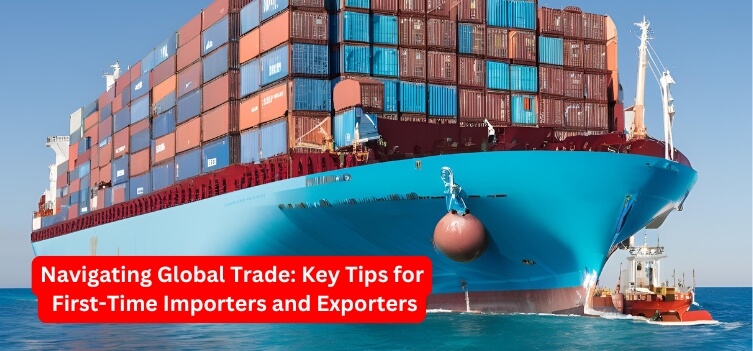The import-export industry has traditionally been weighed down by complexity, paperwork, and delays. However, technology is playing a pivotal role in transforming this landscape, breaking down long-standing barriers and paving the way for more efficient, transparent, and globally connected trade. As we move into 2024, the rapid adoption of digital solutions is reshaping the way goods move across borders. Here are five key ways technology is revolutionizing the import-export process.
1. Automation in Supply Chain and Logistics
One of the most significant changes in the import-export industry is the rise of automation. Technologies like AI, robotics, and Internet of Things (IoT) devices are streamlining the entire supply chain. Automated warehouses, smart sensors, and drones are improving inventory management, order fulfillment, and delivery processes. These advancements not only reduce human error but also speed up operations, helping businesses meet global demand faster and more efficiently. In 2024, we’ll see even more automation, particularly in customs clearance and document processing, cutting down delays and enhancing global logistics.
2. Blockchain for Transparency and Security
Blockchain technology is making waves in global trade by enhancing transparency and security. By providing a decentralized, immutable ledger, blockchain ensures that every transaction—from shipments to payments—can be tracked and verified in real-time. This minimizes the risk of fraud, reduces paperwork, and increases trust between businesses. In international trade, where goods pass through multiple hands and countries, blockchain provides a transparent and auditable trail that ensures the integrity of the entire process. As more governments and corporations adopt blockchain, the import-export sector will become increasingly streamlined and secure.
3. Digital Platforms and Marketplaces
Digital platforms are eliminating the need for traditional intermediaries in the import-export process. Online marketplaces like Alibaba, Amazon, and TradeGecko have made it easier for businesses to source goods, find suppliers, and engage in international trade directly. These platforms use technology to connect buyers and sellers across borders, simplifying the procurement process and reducing the friction of international trade. In 2024, we’ll see further innovation in these platforms, including AI-powered matchmaking tools, real-time communication features, and enhanced data analytics to support decision-making for importers and exporters alike.
4. E-Documentation and Paperless Trade
The days of manually filling out forms and waiting for paperwork to clear are quickly becoming a thing of the past. E-documentation and paperless trade solutions are revolutionizing how importers and exporters handle customs declarations, shipping documentation, and compliance paperwork. Technologies such as e-invoicing, electronic bills of lading, and digital certificates of origin are enabling faster, error-free exchanges of critical information. This digital transformation not only accelerates the clearance process but also reduces costs associated with printing, storage, and manual errors. As more countries move toward digital trade systems, paperwork and delays will become a thing of the past.
5. Artificial Intelligence and Data Analytics for Decision-Making
Artificial Intelligence (AI) and data analytics are empowering importers and exporters with tools to make smarter, more informed decisions. With the ability to analyze vast amounts of real-time data, AI can predict trends, optimize pricing strategies, and improve demand forecasting. This helps businesses plan more effectively and reduce the risk of overstocking or stockouts. Moreover, AI-driven chatbots and customer support tools are improving communication between traders and customers, providing quicker resolutions to queries and improving overall customer satisfaction. As data analytics continues to evolve, companies will be able to make more agile and accurate decisions, giving them a competitive edge in global trade.
Conclusion
Technology is fundamentally transforming the import-export landscape, making global trade faster, more secure, and more efficient than ever before. From automation and blockchain to digital platforms and AI-driven insights, these innovations are breaking down the barriers that once hindered international commerce. As we look to 2024, the import-export industry is poised for even greater growth and transformation, and businesses that embrace these technological advancements will be better positioned to thrive in the global marketplace. The future of trade is digital, and the possibilities are limitless.



